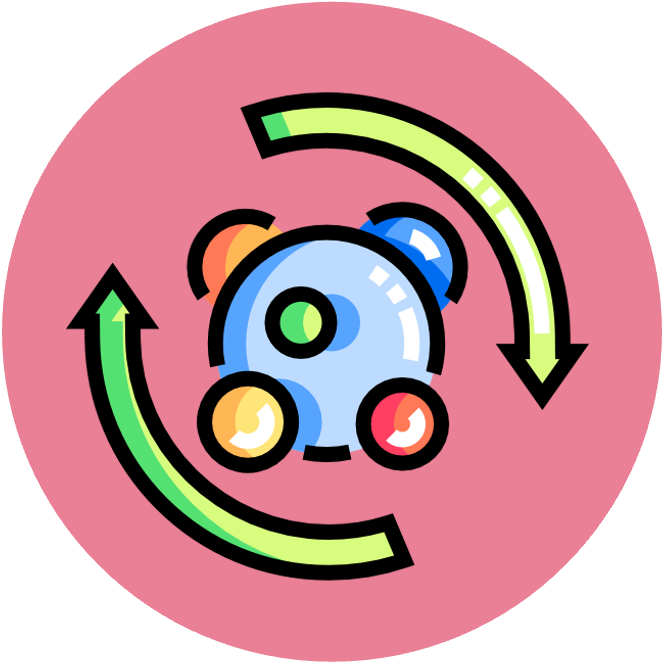

Glycolysis
The first step in the controlled breakdown of carbohydrates is glycolysis, which occurs in the cytosol of the cell
-
Proteins and lipids can also be used as respiratory substrates, but their metabolic pathways differ
In glycolysis, glucose (6C) is broken down into two molecules of pyruvate (3C) via four key steps:
-
Phosphorylation: Glucose is phosphorylated by two molecules of ATP (to form a hexose bisphosphate)
-
This phosphorylation makes the molecule less stable and more reactive, and also prevents diffusion out of the cell
-
-
Lysis: The hexose biphosphate (6C sugar) is split into two triose phosphates (3C sugars)
-
Glycolysis is the splitting (‘lysis') of sugar (‘glyco')
-
-
Oxidation: Hydrogen atoms are removed from each of the 3C sugars (via oxidation) to reduce NAD
-
Two molecules of NADH are produced in total (one from each 3C sugar)
-
-
ATP Formation: Some of the energy released from the sugar intermediates is used to synthesise ATP
-
Four molecules of ATP are generated by substrate level phosphorylation (net gain = 2 ATP)
-
The breakdown of glucose to pyruvate occurs over a number of steps, each involving a different specific enzyme
-
By staggering the breakdown into several steps, the energy requirements are reduced (activation energy can be divided across the different steps)
At the end of glycolysis, the following reactions have occurred:
-
Glucose has been broken down into two molecules of pyruvate
-
Two hydrogen carriers have been reduced via oxidation (2 NADH are produced)
-
A net total of 2 ATP have been produced (4 ATP were generated, but 2 ATP were used)
Glycolysis






